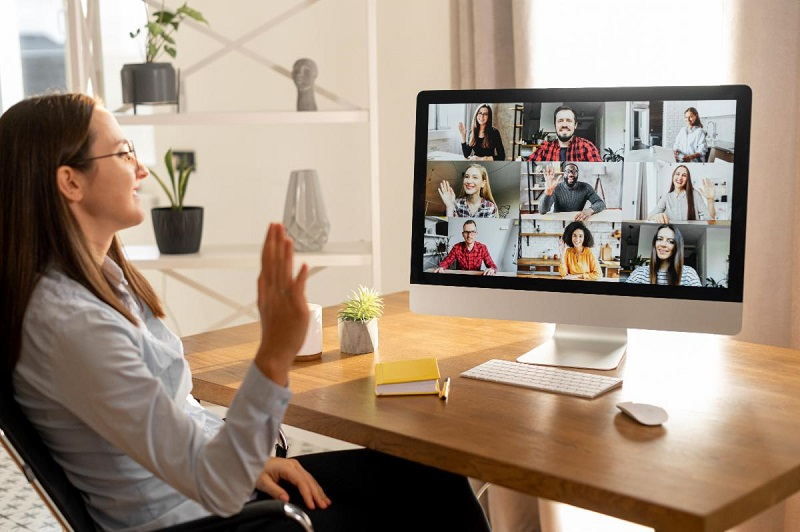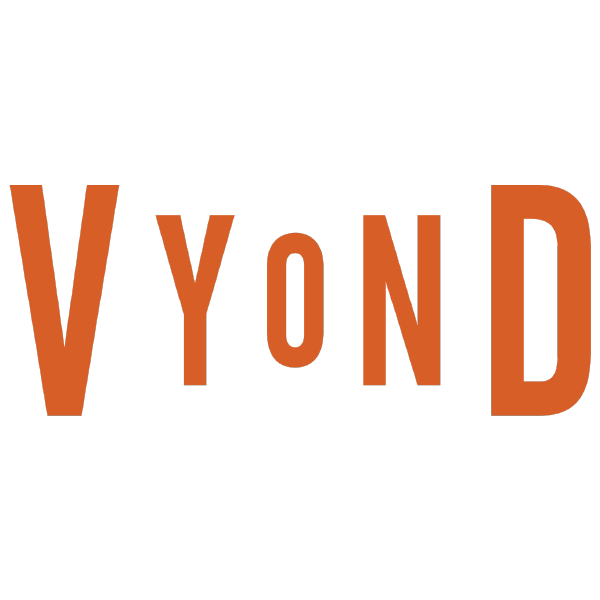ATD Blog
3 Ways to Spark Hybrid Collaboration
Thu Nov 18 2021

“We’re a company that values in-person collaboration.”
Have you recently heard that?
As we grapple with the question of when—or whether—to return to the office, employers are facing existential questions about what their companies values most. Leaders who are choosing to return to the office are answering those questions with that familiar line of “in-person collaboration.” But what does that really mean?
When a leader says they value “in-person collaboration,” they often mean a culture of rich and spontaneous communication.
Having a culture of rich communication means employing every tool we have to convey information and share ideas. Verbal and written language isn’t enough. Fifty-four percent of full-time workers feel emails can lead to miscommunication, and one in two struggle to spark a conversation or brainstorm in text-based messages. A culture of rich communication, by comparison, values visual and nonverbal cues as well as linguistic ones. Rich communication happens when teams use devices like visual thinking, whiteboard mapping, body language, and dynamic media.
It makes sense that leaders are pulling their employees into the office in an attempt to go back to the culture of rich, spontaneous communication that came so easily before the pandemic. Those leaders will be disappointed to find, however, that going back to the office won’t be enough.
In fact, there’s no going back to the prepandemic advantages of co-located collaboration. While safety continues to require hybrid approaches, more planning will be required to bring together remote and on-site teammates. Meetings will need to overcome hybrid and in-office obstacles without reaping the full benefits of either. Nonverbal cues will be hidden behind face masks, tech problems will become exclusionary, and visual collaboration will feel clunky.
The sooner we recognize hybrid work as remote-first, the sooner we can build systems for more effective and inclusive collaboration.
This is an exciting opportunity to consciously build a culture of communication without relying on unspoken paradigms of office work. If we greet it as such, we can unlock powerful practices for collaboration that stick, no matter how our teams are distributed. It’s an ongoing endeavor that will require continuous learning, and there is no “one and done” solution. A few simple ideas can make a big impact:
Quality of attention. Remote and in-office collaboration face equal but different threats of distraction. At the start of a session or meeting, level-set around the quality of attention by breaking the group into pairs. Instruct them to take turns trying to tell a story while the other person behaves in a noticeably distracted way. Within 30 seconds, the storyteller will rediscover just how difficult it is to communicate and even think when they’re faced with a distracted audience. While it’s a simple exercise, it can have a profound impact by building a shared understanding of (and working agreement for) the quality of attention expected of collaborators. I first encountered this activity thanks to Judy Rees, a brilliant expert on the topic of remote communication.
Make it an even playing field. A hybrid class or meeting typically looks like a bunch of people in a shared space, with remote participants calling in. This setup almost always evokes a dynamic where side conversations—both verbal and nonverbal—take over, wedging a divide between those who are in the room and those tethered by technology. Design inclusive, remote-first hybrid sessions with measures like a one-on-one device-to-participant ratio. Encourage making uniform group decisions to have cameras on (or off) at the beginning of every session.
Make one-way communication asynchronous. We’ve all thought it: “This meeting could have been an email.” One-way presentations and lectures are disengaging and deeply troublesome for organizations looking to achieve rich, spontaneous collaboration. Hybrid interaction requires more planning, meaning more meetings and more calendaring. Save time for spontaneous interaction by taking one-way messages offline. Adapt your content into rich, dynamic media that participants can consume asynchronously wherever they are. Turn lectures into short videos, status reports into voice memos, and announcements into GIFs. Your participants (and calendars) will thank you.

